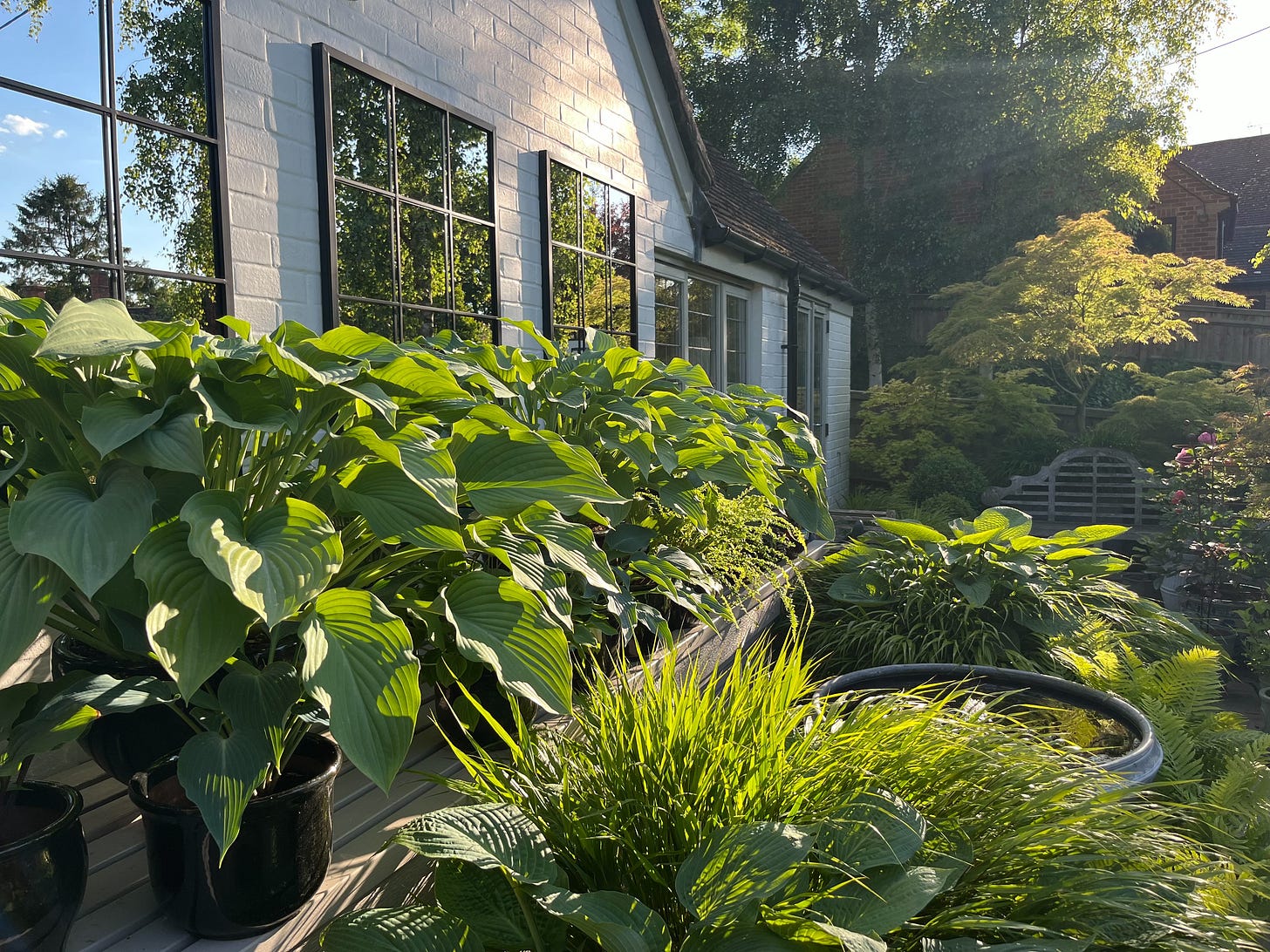Another Year with Hostas and Other Garden Affairs
Welcome to my pot-grown Hosta survival guide, packed with cunning tricks, easy routines, and possibly a few passive-aggressive notes to the local slug population.
Keep reading with a 7-day free trial
Subscribe to The Gardening Kind by Elliott Neep to keep reading this post and get 7 days of free access to the full post archives.



